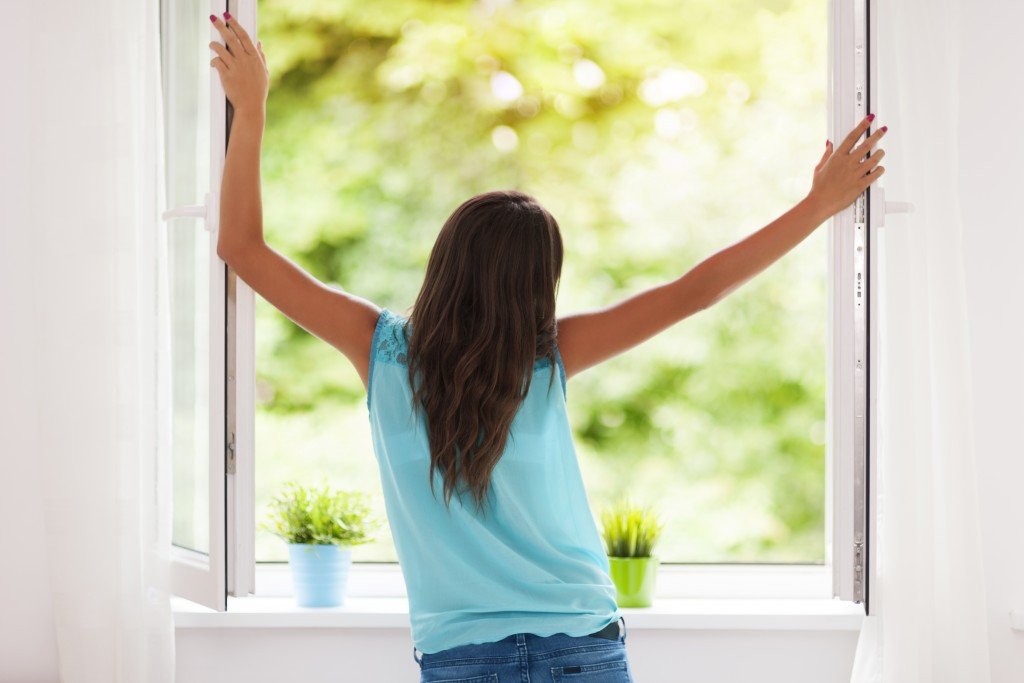
Ratings for Residential and Commercial Window Films Explained
Window tint films are an integral part of commercial and residential properties nowadays. When buying a window film, there are several measurements you will come across with, which might seem confusing. One of these is a list of ratings of the tint film.
Most of these ratings will not considerably impact the performance of your window tinting film in Wanganui. A few of them, however, will. Here are the three primary ratings that will impact your tint film.
What is VLT (Visible Light Transmittance)?
VLT refers to the quantity of light that can pass through your window film. A low VLT number means the light is blocked out by the film. VLT is typically specified along with the total solar energy rejected, which is the heat amount blocked by the film. A high total solar energy rejected value means the film blocks more heat from entering your property.Total Solar Transmittance and Absorbance
Once heat hits your window, it may be absorbed into the glass, reflected or transmitted throughout your interiors. The solar transmittance value demonstrates the quantity of heat which will pass through the film into your room and absorbance denotes how much the film soaks up. For optimal results, opt for a low total solar absorbance and transmittance number.Visible Light Reflectance
This measurement indicates how much light your film can reflect. In most cases, you will come across exterior and interior visible light reflectance ratings since most films have two sides. A high reflectance number means there is minimal light coming into your interiors, but this might cause excess glare. A film with ratings of 25 to 30 percent is an excellent middle ground for high reflectance without excess glare. According to statistics, over a third of the energy consumption in properties is caused by an excessive load on cooling systems. Diligent selection of the above ratings can reduce your property’s solar heat gain by at least 50 to 75 percent. This reduces your cooling costs and protects your interiors from UV ray damage.
No Comments
posted by Inputs-Outputs on Monday, August 20th, 2018 at 7:48 am in Uncategorized
tags: Window Films, Window Films Ratings, Windows